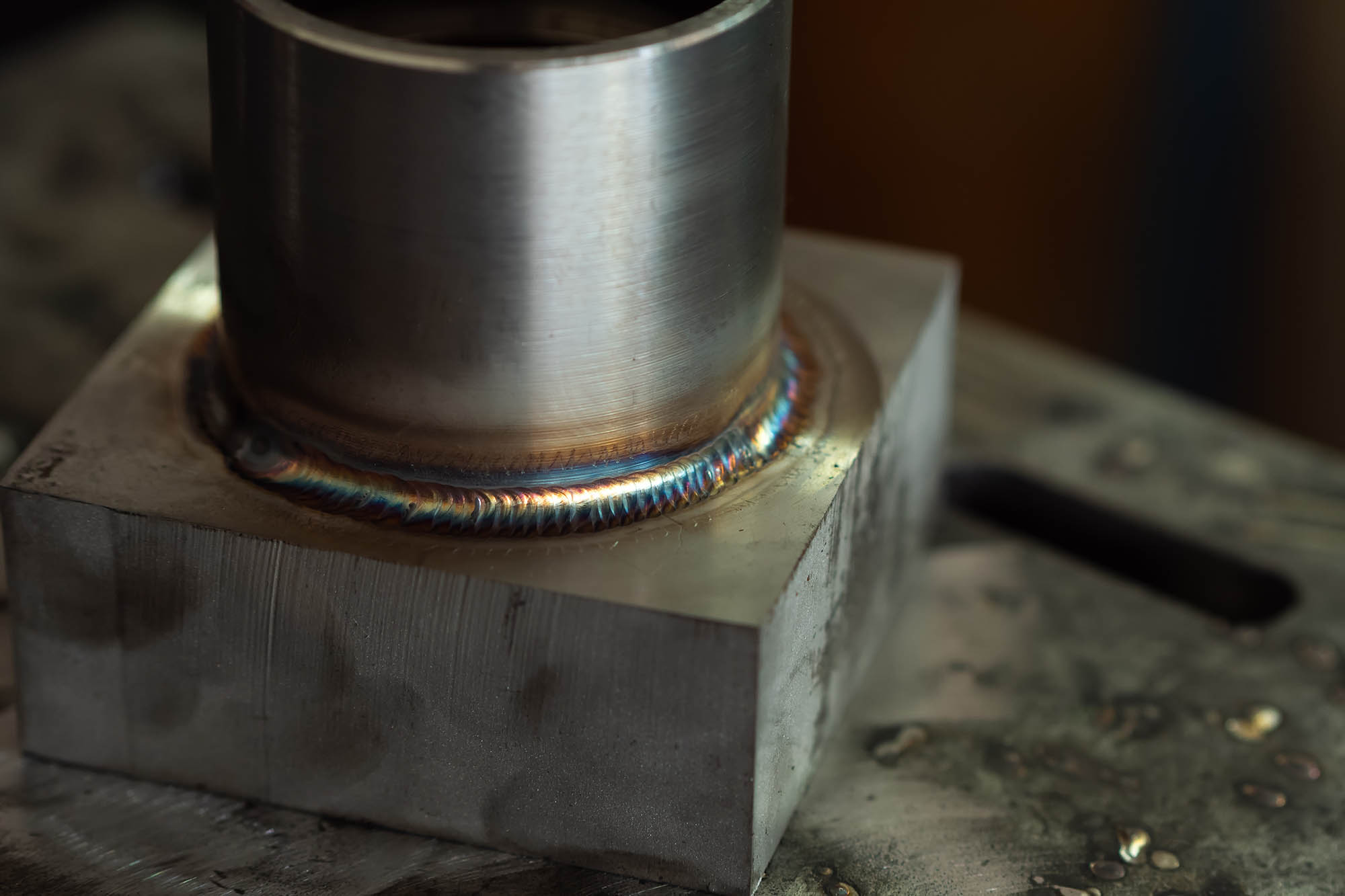What is Porosity in Welding: Usual Resources and Effective Remedies
Wiki Article
Comprehending Porosity in Welding: Checking Out Reasons, Impacts, and Prevention Methods
As experts in the welding sector are well aware, recognizing the causes, impacts, and avoidance methods connected to porosity is essential for attaining robust and reputable welds. By diving into the root creates of porosity, examining its damaging results on weld quality, and checking out reliable prevention techniques, welders can improve their expertise and skills to create high-grade welds consistently.Typical Reasons of Porosity
Porosity in welding is primarily triggered by a combination of elements such as contamination, improper shielding, and inadequate gas insurance coverage during the welding process. Contamination, in the form of dirt, oil, or corrosion on the welding surface area, produces gas pockets when heated, resulting in porosity in the weld. Improper shielding takes place when the securing gas, frequently utilized in processes like MIG and TIG welding, is unable to fully safeguard the liquified weld pool from responding with the surrounding air, causing gas entrapment and succeeding porosity. In addition, inadequate gas insurance coverage, commonly because of inaccurate flow prices or nozzle positioning, can leave components of the weld unprotected, permitting porosity to develop. These variables collectively add to the formation of voids within the weld, damaging its stability and potentially creating structural issues. Recognizing and dealing with these common reasons are essential action in stopping porosity and guaranteeing the top quality and stamina of bonded joints.Impacts on Weld Top Quality
The existence of porosity in a weld can substantially jeopardize the general high quality and integrity of the welded joint. Porosity within a weld creates gaps or dental caries that damage the framework, making it a lot more vulnerable to breaking, corrosion, and mechanical failing.In addition, porosity can prevent the efficiency of non-destructive testing (NDT) techniques, making it testing to find other problems or suspensions within the weld. This can lead to substantial safety problems, specifically in important applications where the structural honesty of the bonded components is extremely important.

Prevention Techniques Overview
Provided the detrimental influence of porosity on weld top quality, efficient prevention techniques are crucial to keeping the structural integrity of bonded joints. Furthermore, selecting the appropriate welding criteria, such as voltage, present, and travel rate, can assist minimize the risk of porosity development. By integrating these prevention techniques into welding techniques, the incident of porosity can be substantially minimized, leading to more powerful and much more dependable bonded joints.Value of Proper Protecting
Proper securing in welding plays an important role in stopping atmospheric contamination and making sure the integrity of bonded joints. Shielding gases, such as argon, helium, or a blend of both, are commonly utilized to shield the weld pool from responding with elements in the air like oxygen and nitrogen. When these responsive components enter call with the hot weld pool, they can create porosity, leading to weak welds with minimized mechanical residential or commercial properties.description

Insufficient securing can cause different flaws like porosity, spatter, about his and oxidation, endangering the architectural stability of the welded joint. Sticking to appropriate shielding techniques is crucial to generate top notch welds with very little defects and make certain the durability and dependability of the welded parts.
Surveillance and Control Techniques
Exactly how can welders effectively check and manage the welding process to make certain ideal outcomes and stop problems like porosity? One trick technique is via the usage of advanced surveillance technologies. These can consist of real-time monitoring systems that give comments on criteria such as voltage, current, take a trip speed, and gas circulation prices. By constantly keeping track of these variables, welders can recognize deviations from the excellent conditions and make instant adjustments to stop porosity development.
Furthermore, applying site here correct training programs for welders is essential for keeping an eye on and regulating the welding procedure properly. What is Porosity. Educating welders on the importance of maintaining constant specifications, such as appropriate gas protecting and take a trip rate, can assist stop porosity concerns. Normal assessments and accreditations can also make certain that welders are skillful in surveillance and regulating welding processes
Additionally, making use of automated welding systems can improve monitoring and control capabilities. These systems can precisely manage welding criteria, lowering the probability of human mistake and making sure constant weld quality. By combining innovative surveillance innovations, training programs, and automated systems, welders can efficiently monitor and regulate the welding procedure to reduce porosity problems and attain high-grade welds.
Verdict

Report this wiki page